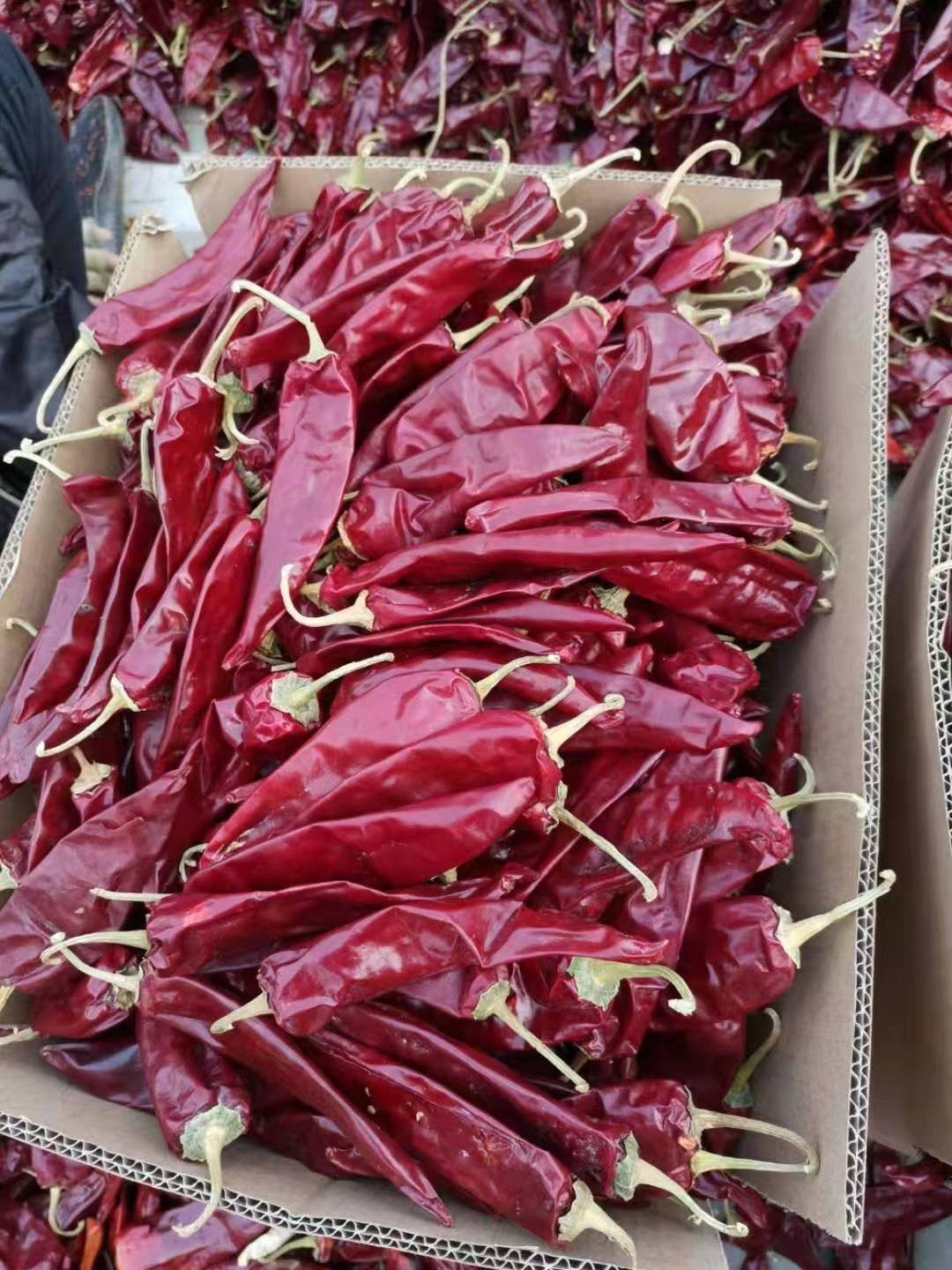- No. 268 Xianghe Street, Economic Development Zone of Xingtai city, Hebei 054001 China
- Byron@hbhongri.cn
Exploring the Versatile Uses and Benefits of Pure Paprika in Cooking
The Vibrant Essence of Pure Paprika
Paprika, a spice that has adorned kitchens and plates for centuries, is not just a mere condiment but a veritable celebration of flavor and color. Derived from the dried fruits of certain Capsicum annuum varieties, pure paprika boasts a rich history that unfolds across continents, cultures, and culinary traditions. Its origins can be traced back to Central America but gained prominence in Europe, particularly in Hungary and Spain, where it transformed various dishes and brought about a new appreciation for spice.
When one thinks of paprika, the first thing that often comes to mind is its vivid red hue, reminiscent of ripe tomatoes or autumn leaves. This striking color is not just for show; it signifies the presence of carotenoids, particularly capsanthin, which not only contribute to its beautiful appearance but also provide an array of health benefits. Pure paprika is rich in antioxidants, which play a crucial role in combating oxidative stress in the body. Regular consumption can support immune function and improve overall health.
There are several types of paprika, each with its unique flavor profile and culinary purpose. Sweet paprika, often found in gourmet kitchens, is mild and slightly sweet. It provides a warm undertone to dishes, making it ideal for stews, soups, and sauces. Hungarian paprika, known for its depth and complexity, ranges from sweet to hot and smoky — a reflection of the diverse growing conditions and cultivation techniques in the region. Spanish paprika, or pimentón, is another variant that comes in sweet, bittersweet, and spicy forms, often infused with a unique smokiness that adds depth to traditional Spanish dishes like chorizo and paella.
pure paprika

Pure paprika is not just an ingredient; it is the heart and soul of many dishes. In Hungarian cuisine, it is synonymous with goulash, a hearty stew that showcases the spice's ability to elevate and transform. Meanwhile, in Spanish kitchens, pimentos de la vera brings a smoky richness to seafood and vegetable dishes alike. From roasted vegetables to rich, creamy dips, this spice can enhance flavors in ways that few other ingredients can. Its versatility allows it to seamlessly blend into various cuisines — from Middle Eastern to Mexican — enriching each dish with its distinctive aroma and taste.
In addition to its culinary applications, paprika holds cultural significance in the regions from which it originates. In Hungary, paprika is more than just a spice; it is a source of national pride and an essential component of Hungarian identity. Festivals celebrate this red gold, showcasing the country's agricultural heritage and artisanal production methods. Spain, too, honors its paprika, incorporating it into the heart of its culinary tradition, where local varieties are celebrated and protected under Denominación de Origen.
For those seeking the health benefits of pure paprika, it is worth noting that it contains vitamins A, C, and E, along with B vitamins and essential minerals such as iron and magnesium. Incorporating paprika into one’s diet can lead to improved digestion, enhanced skin health, and overall vitality. Moreover, its anti-inflammatory properties can assist in managing conditions like arthritis, making it as therapeutic as it is tasty.
In conclusion, pure paprika is a spice that transcends boundaries. It connects flavors, cultures, and histories, offering a sensory experience that goes beyond mere taste. As we embrace the vibrant essence of pure paprika in our kitchens, we not only enrich our meals but also pay homage to the rich tapestry of tradition and culture that this remarkable spice represents. Whether sprinkled over a dish or mixed into a sauce, the allure of paprika is undeniable, making it a staple on tables around the world.
-
Turmeric Rhizome Powder: A Golden Treasure from Roots to TableNewsJul.28,2025
-
The Versatile Application Of Crushed Red Hot Peppers: Lighting Up The Red Flames On The Dining TableNewsJul.28,2025
-
The Paprika: A Touch Of Vibrant Red In Color, Flavor, And CultureNewsJul.28,2025
-
Ground Turmeric: A Modern Examination of an Ancient SpiceNewsJul.28,2025
-
Capsicum Liquid Extract: Features, Applications, and ChallengesNewsJul.28,2025
-
Application of Capsicum Liquid Extract in FoodNewsJul.28,2025







